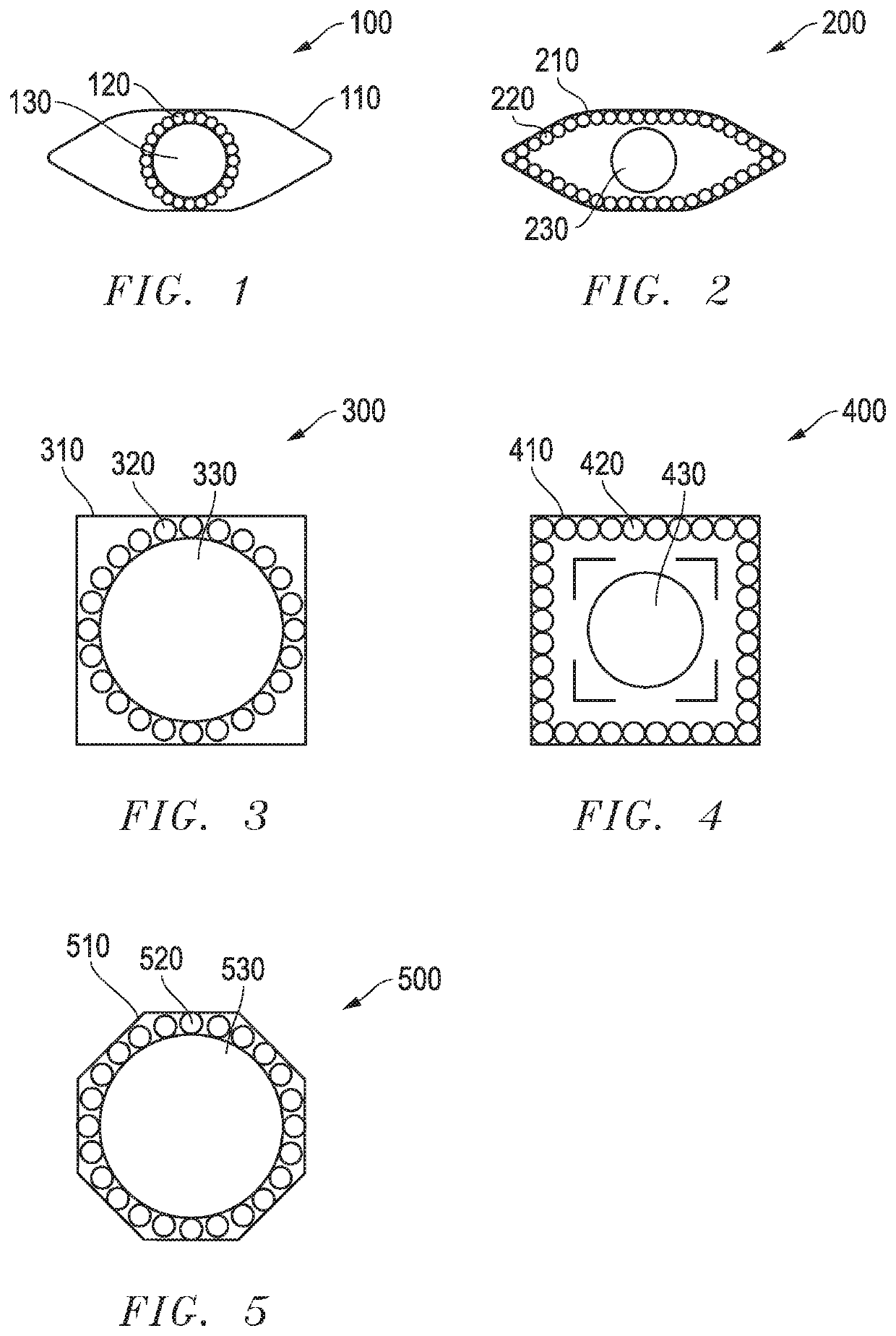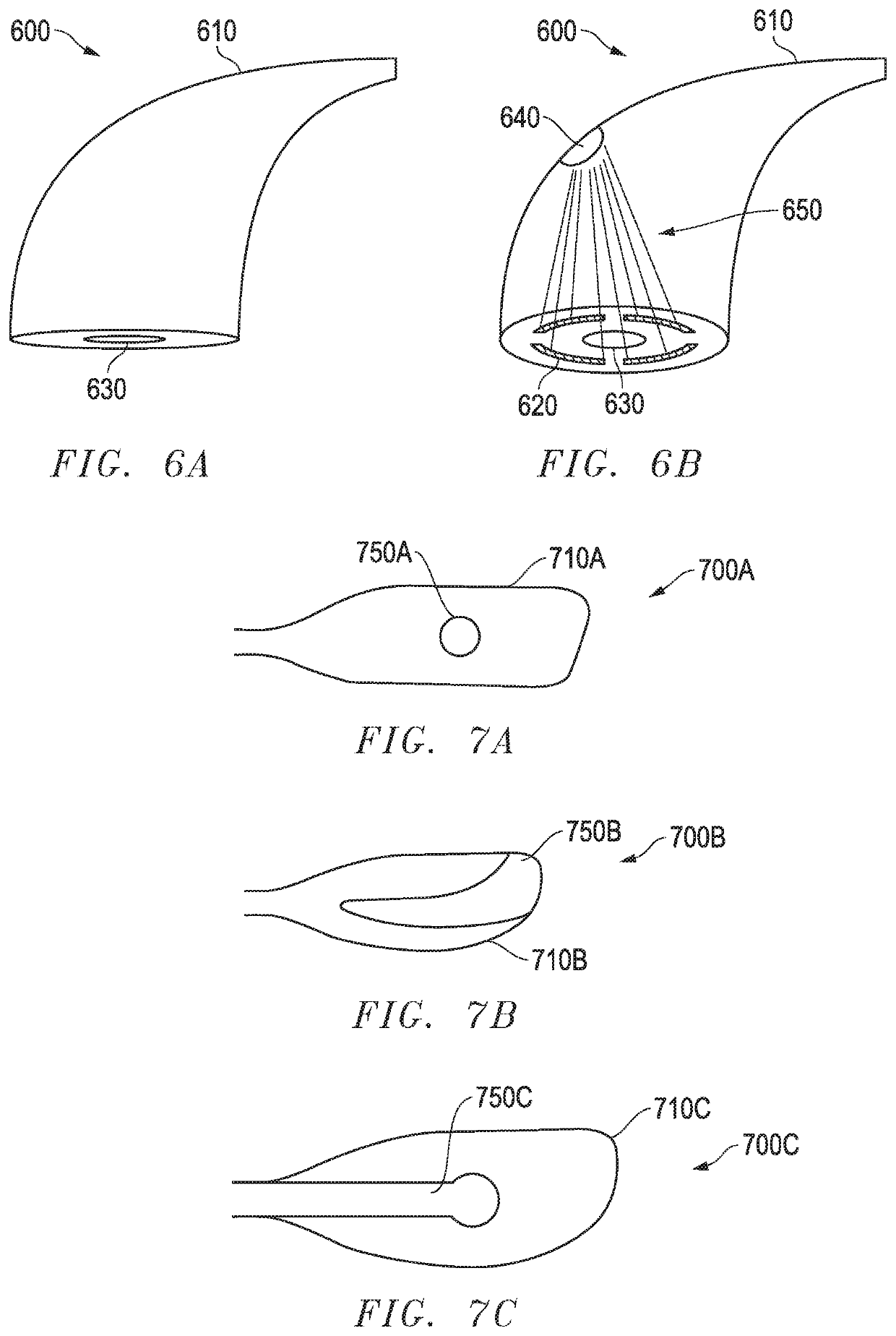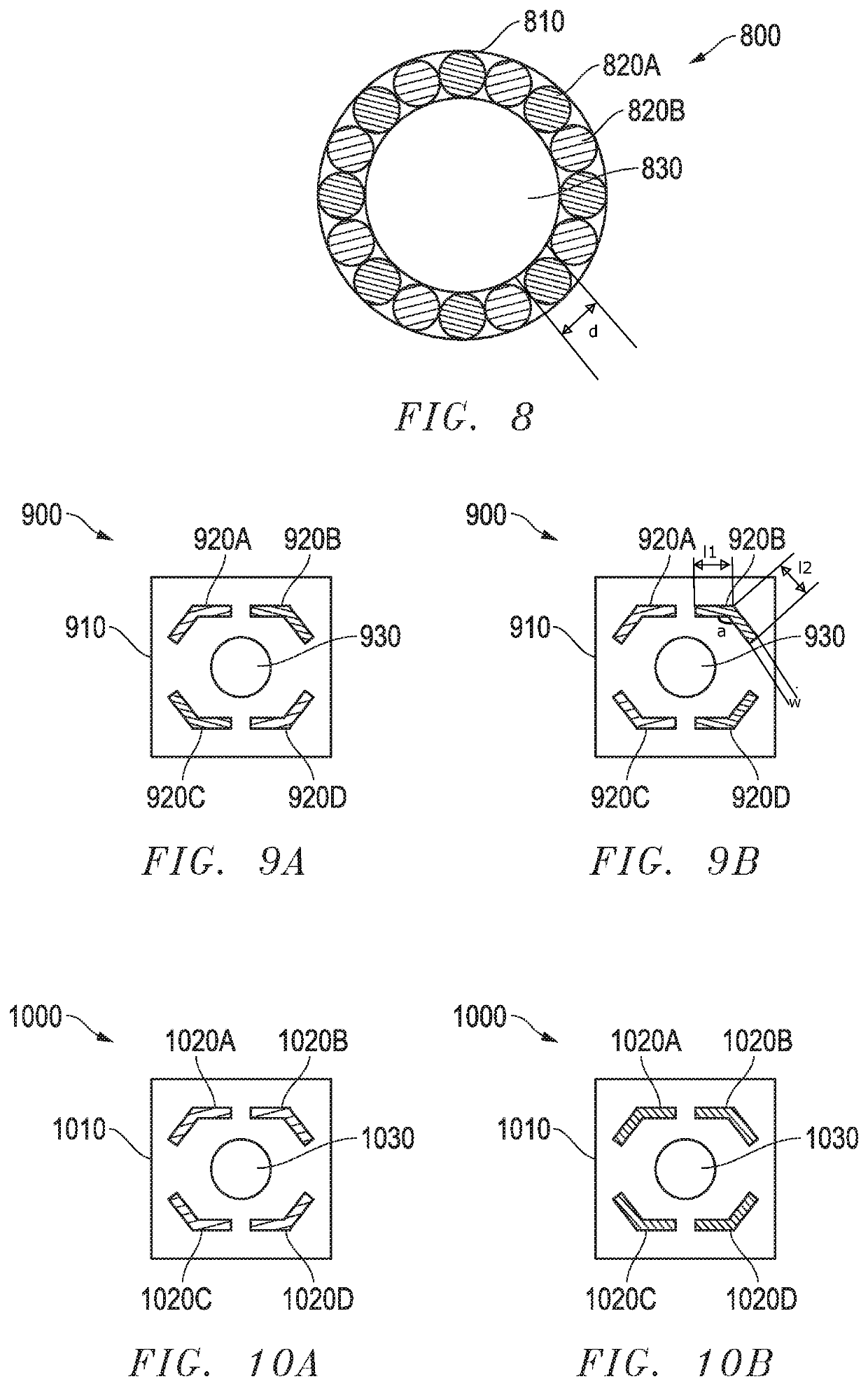Rear view device assemblies and circuits
a rear view device and circuit technology, applied in the field of signal light, can solve the problems of increasing the complexity and cost of the overall system, unable to include an additional voltage supply and/or an interface in most rear view devices, and no longer available turn signals
- Summary
- Abstract
- Description
- Claims
- Application Information
AI Technical Summary
Benefits of technology
Problems solved by technology
Method used
Image
Examples
first embodiment
[0134]FIG. 18 illustrates a schematic voltage versus time diagram of an input voltage UIN according to the invention. In the figure, a dotted line is used to indicate the threshold, or threshold voltage. As it can be seen from the figure, the voltage remains at a level below the threshold for some period of time. By measuring the input voltage UIN it can be determined that the first information is conveyed by the input voltage UIN, because the input voltage UIN is below the threshold. In that case, the first output channel turns on the first lighting device, and the second output channel turns off the second lighting device, or keeps the second lighting device turned off. When the input voltage UIN raises above the threshold, the first output channel turns the first lighting device off, and the second output channel turns the second lighting device on, i.e. for as long as the input voltage UIN is above the threshold.
second embodiment
[0135]FIG. 19 shows a schematic voltage versus frequency diagram of an input voltage according to the invention. Here, on the top of the diagram, the input voltage UIN is shown as pulsed input voltage alternating between high and low, e.g. on and off, respectively. The frequency could be, for example, in the region of 1 Hz. On the bottom of the diagram a duty cycle rate is exemplarily shown. In the context of this invention, the term “duty cycle” is used to define the percentage of one period in which the input voltage UIN is high, or switched on, respectively. In the first, third and fourth periods that are exemplarily shown in FIG. 19, the duty cycle might be 20%, and hence might allow the determination that the first information is conveyed in the input voltage UIN. In the second period that is exemplarily shown in FIG. 19, the duty cycle might be 50%, and hence might allow the determination that the second information is conveyed in the input voltage UIN.
third embodiment
[0136]FIG. 20 illustrates a schematic voltage versus frequency diagram of an input voltage according to the invention. Here, it is exemplarily shown that the first and third periods have a higher frequency than the second period. Therefore, determining the higher and / or lower frequency allows to determine that either the first and / or the second information is conveyed.
[0137]FIG. 21 illustrates a monitoring circuit or Electronic Control Unit (ECU) 52 that may be connected to a control circuit and is adapted to supply a pulse width modulation (PWM) signal thereto. The control circuit is adapted to convert different PWM signals to power on and off one or more light sources. As shown in FIG. 21, the control circuit may include a connector 53 which connects the ECU 52 to the control circuit, a filter 54, a PWM processor 58, and an LED driver 56. The control circuit may be connected to at least a first light source 62 and a second light source 64. As described above in reference with FIG....
PUM
 Login to View More
Login to View More Abstract
Description
Claims
Application Information
 Login to View More
Login to View More - R&D
- Intellectual Property
- Life Sciences
- Materials
- Tech Scout
- Unparalleled Data Quality
- Higher Quality Content
- 60% Fewer Hallucinations
Browse by: Latest US Patents, China's latest patents, Technical Efficacy Thesaurus, Application Domain, Technology Topic, Popular Technical Reports.
© 2025 PatSnap. All rights reserved.Legal|Privacy policy|Modern Slavery Act Transparency Statement|Sitemap|About US| Contact US: help@patsnap.com



